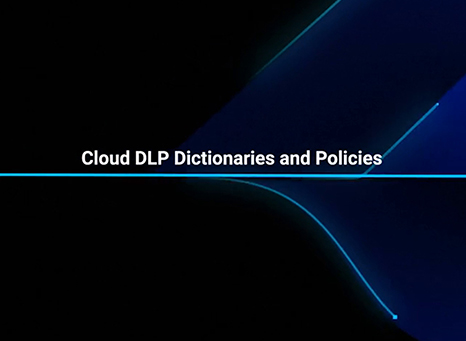Zscaler ThreatLabzが実施した2022年の調査では、クラウド アプリ データの36%が誰でもアクセス可能なリンクで共有されていることが判明しています。
検索
- Zscalerの概要
セキュリティに新しいエクスペリエンスを
ゼロトラストの変革力を体験する
Zscaler: 2024年Gartner®セキュリティ・サービス・エッジ(SSE)のMagic Quadrant™でリーダーの1社と評価
レポートを入手する(英語)
![gartner magic quadrant gartner magic quadrant]()
- 製品とソリューション
- プラットフォーム
![テスト テスト]()
ゼロトラスト アーキテクチャーによる変革
トランスフォーメーションへの取り組みを推進
ビジネス ゴールの保護
ビジネスとITのイニシアチブを達成
- リソース
リソースとサポート
トランスフォーメーションを加速させ、セキュリティに新しいユーザー エクスペリエンスを提供するツールとリソースを探す
![CXO REvolutionaries CXO REvolutionaries]()
デジタル世界とゼロトラストの先駆者から学ぶ
今すぐ読む
リソース センター
ベスト プラクティスの最新情報
イベントとトレーニング
プログラム、認定資格、イベント情報
セキュリティ リサーチとサービス
すぐに使えるリサーチとインサイト
ツール
ニーズに合わせたツール
コミュニティーとサポート
サポート情報とつながりを提供するコミュニティー
- 会社情報
Zscalerの歴史と今後の展望
Zscalerのパートナー エコシステム
Zscalerの最新情報
Zscalerの役員一覧
デジタル トランスフォーメーションを加速するパートナーとの統合
ニュース、株式情報、四半期報告書
ZscalerのESGアプローチ
Zscalerでキャリアを構築
Zscalerを知るために必要な情報を集約
Zscalerが準拠する厳格な標準
Zscalerが準拠する厳格な標準







